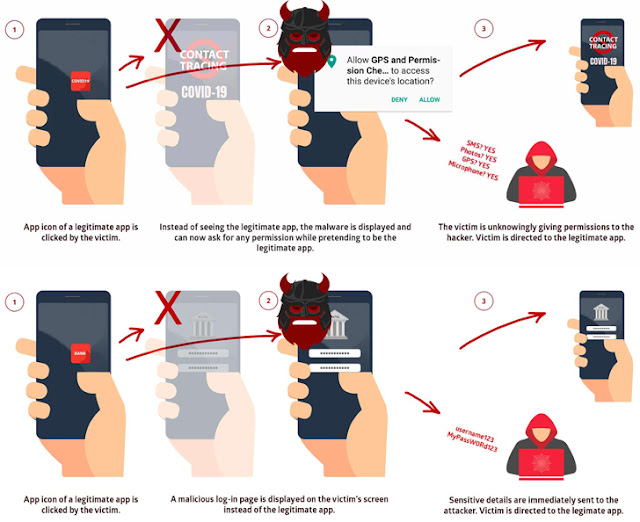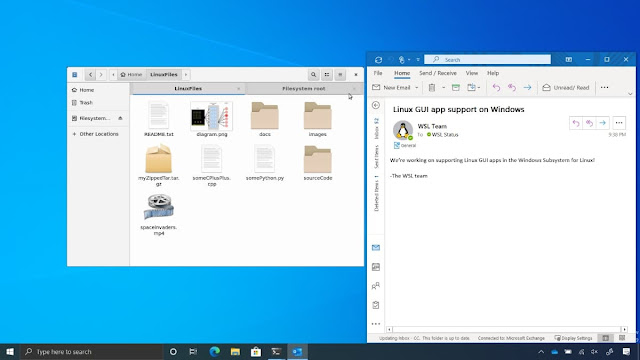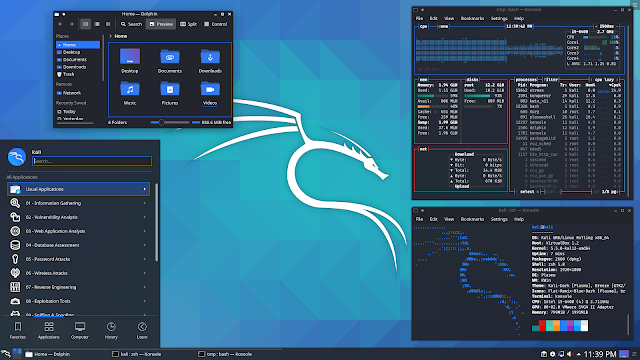Microsoft has launched an experimental developer tool, Project Tye, which is intended to make the building, testing, and deployment of microservices and distributed applications easier.
Project Tye is a .NET Foundation project designed to help developers to run multi-application components simultaneously and easily deploy distributed apps to platforms like Kubernetes. It will among other things ease the common pain developers encounter when building applications that interface with a database or microservices.
The project has been scheduled to last for at least November 2020, which time the .NET 5 will make debut, and will be re-evaluated, if it worths taking to the next level.
What's the Projects main Goal?
If you're a developer having an app that talks to a database, or that is made up of different processes that communicate with each other, then Tye will be helpful in easing some of the tasks. Meanwhile, the main goals of Project Tye include:
- Automate Deployment of .NET Applications to Kubernetes: by automatically containerizing .NET applications, generating Kubernetes manifests with minimal knowledge or configuration using a single configuration file.
- Make Development of Microservices easier: by running many services with one command, using dependencies in containers and discovering addresses of services using simple conventions.
The demo of Project Tye is available in a few Build sessions which you can watch via these links: Journey to one .NET and Cloud Native Apps with .NET and AKS.
Getting Started with Project Tye
Microsoft is working to make Tye deployable to a variety of runtime environments. If you'd like a spin with Project Tye, kindly note that it requires .NET Core 3.1 to be installed as a global tool using the following command:
dotnet tool install -g Microsoft.Tye --version "0.2.0-alpha.20258.3"
It has also posted further instructions for running single and multiple services using Project Tye along with tips on deployment to Kubernetes.
The development features have been oriented towards local development, therefore developers are advised to avoid running Project Tye in a container.



















































